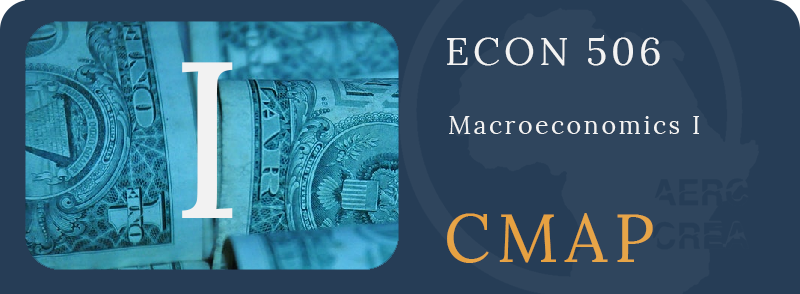
Macroeconomics I (CMAP)
Objectives
The aim of the course is to equip the students with rigorous macroeconomic tools with the African flavour. At the end of the course, students are expected to be able to:
The aim of the course is to equip the students with rigorous macroeconomic tools with the African flavour. At the end of the course, students are expected to be able to:
- thoroughly appreciate the structure of a macroeconomic system and its underlying theoretical framework;
- use methodology and techniques studied in conceptualizing and postulating relevant macroeconomic issues;
- evaluate macroeconomic policies; and
- cultivate a critical perspective to current developments in macroeconomics.

Macroeconomics II (CMAP)
Objectives
The aim of the course is to equip the students with rigorous macroeconomic tools with the African flavour. At the end of the course, students are expected to be able to:
The aim of the course is to equip the students with rigorous macroeconomic tools with the African flavour. At the end of the course, students are expected to be able to:
- thoroughly appreciate the structure of a macroeconomic system and its underlying theoretical framework;
- use methodology and techniques studied in conceptualizing and postulating relevant macroeconomic issues;
- evaluate macroeconomic policies; and
- cultivate a critical perspective to current developments in macroeconomics.
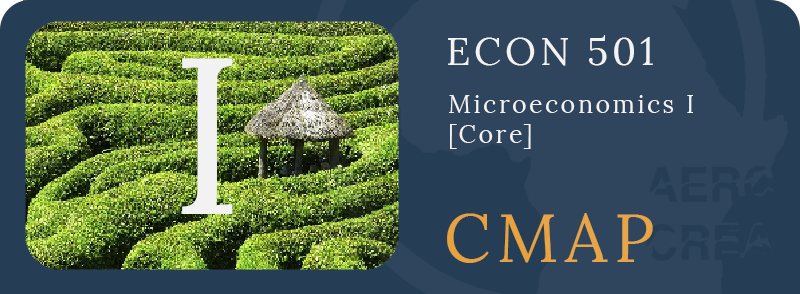
Microeconomics I (CMAP)
Course Aims
Students completing the course are expected to have:
- A good understanding of the core theories and concepts in microeconomics;
- The ability to understand contemporary journal articles;
- A flair for economic reasoning;
- The ability to engage in contemporary policy debates; and
- The ability to apply the knowledge gained from the course to real world situation.
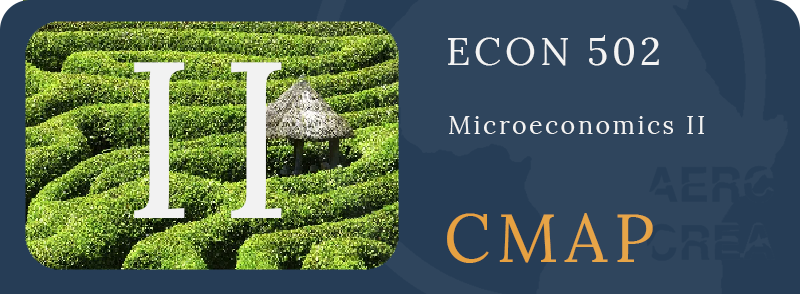
Microeconomics II (CMAP)
Course Aims
Students completing the course are expected to have:
- A good understanding of the core theories and concepts in microeconomics;
- The ability to understand contemporary journal articles;
- A flair for economic reasoning;
- The ability to engage in contemporary policy debates; and
- The ability to apply the knowledge gained from the course to real world situation.
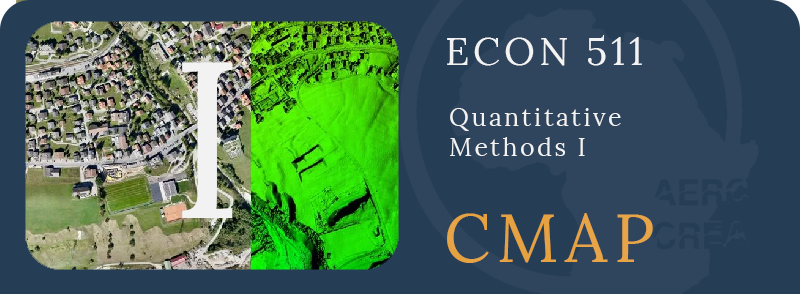
Quantitative Methods I (CMAP)
Course Coverage
- Matrix algebra
- Economic application of calculus and static optimization
- Dynamic analysis and optimization
- Set Theory and real analysis
- Classical linear regression
- Endogeneity and instrumental variables
- Discrete choice and limited dependent variable
- Panel data analysis
- Treatment effects model
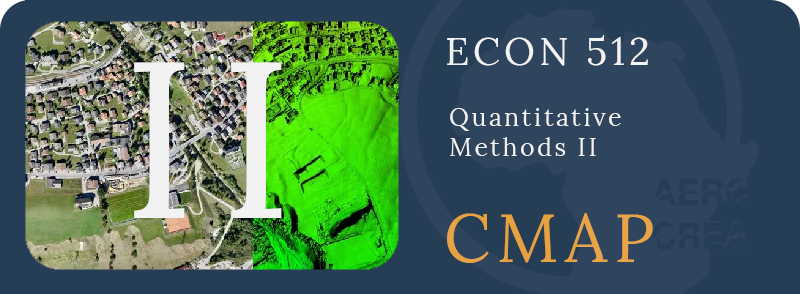
Quantitative Methods II (CMAP)
Course Coverage
- Matrix algebra
- Economic application of calculus and static optimization
- Dynamic analysis and optimization
- Set Theory and real analysis
- Classical linear regression
- Endogeneity and instrumental variables
- Discrete choice and limited dependent variable
- Panel data analysis
- Treatment effects model